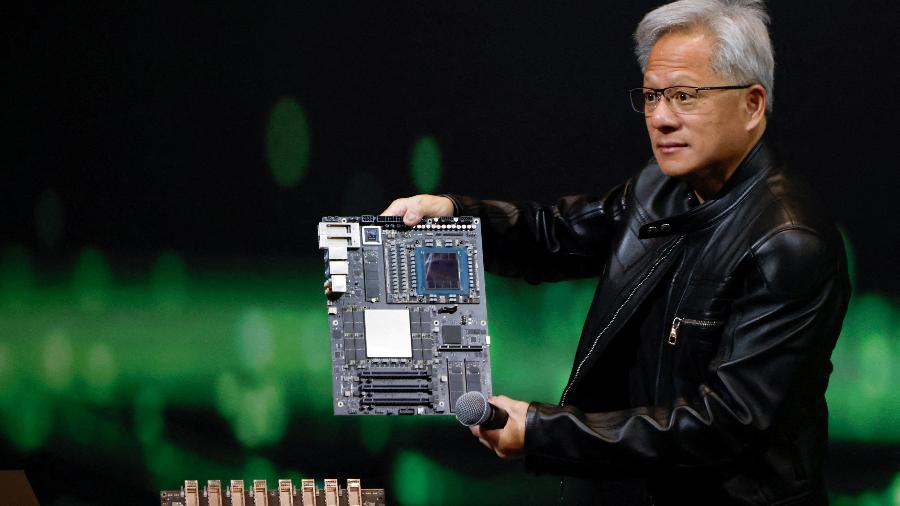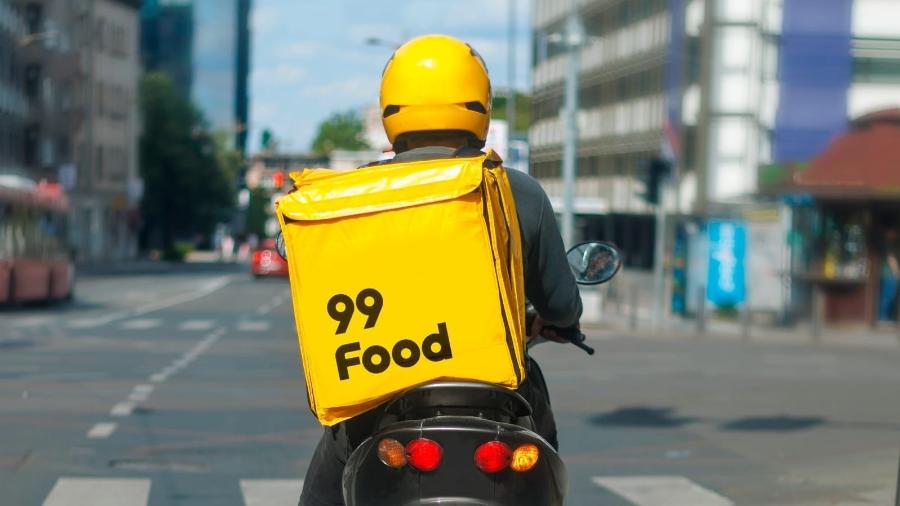Estação Espacial Internacional captura incríveis imagens noturnas da Terra

Os astronautas em missão na Estação Espacial Internacional (ISS) decidiram mostrar sua visão privilegiada das noites na Terra, em fotografias que destacam os traços de luz sobre grandes cidades no planeta.
"O horizonte da Terra à noite é cercado por uma luminescência atmosférica, cercada de estrelas, nessas imagens feitas na estação", destacou a ISS no Twitter.
Os registros compartilhados em um álbum nas redes sociais da estação e da Nasa (istração Nacional da Aeronáutica e Espaço) foram feitos em agosto e setembro deste ano. Alguns são creditados a membros da Expedition 65, missão da agência norte-americana presente na ISS desde abril e que já capturou outros momentos marcantes na Terra, como o furacão Ida visto do espaço.
























ID: {{comments.info.id}}
URL: {{comments.info.url}}
Ocorreu um erro ao carregar os comentários.
Por favor, tente novamente mais tarde.
{{comments.total}} Comentário
{{comments.total}} Comentários
Seja o primeiro a comentar
Essa discussão está encerrada
Não é possivel enviar novos comentários.
Essa área é exclusiva para você, , ler e comentar.
Só s do UOL podem comentar
Ainda não é ? Assine já.
Se você já é do UOL, faça seu .
O autor da mensagem, e não o UOL, é o responsável pelo comentário. Reserve um tempo para ler as Regras de Uso para comentários.